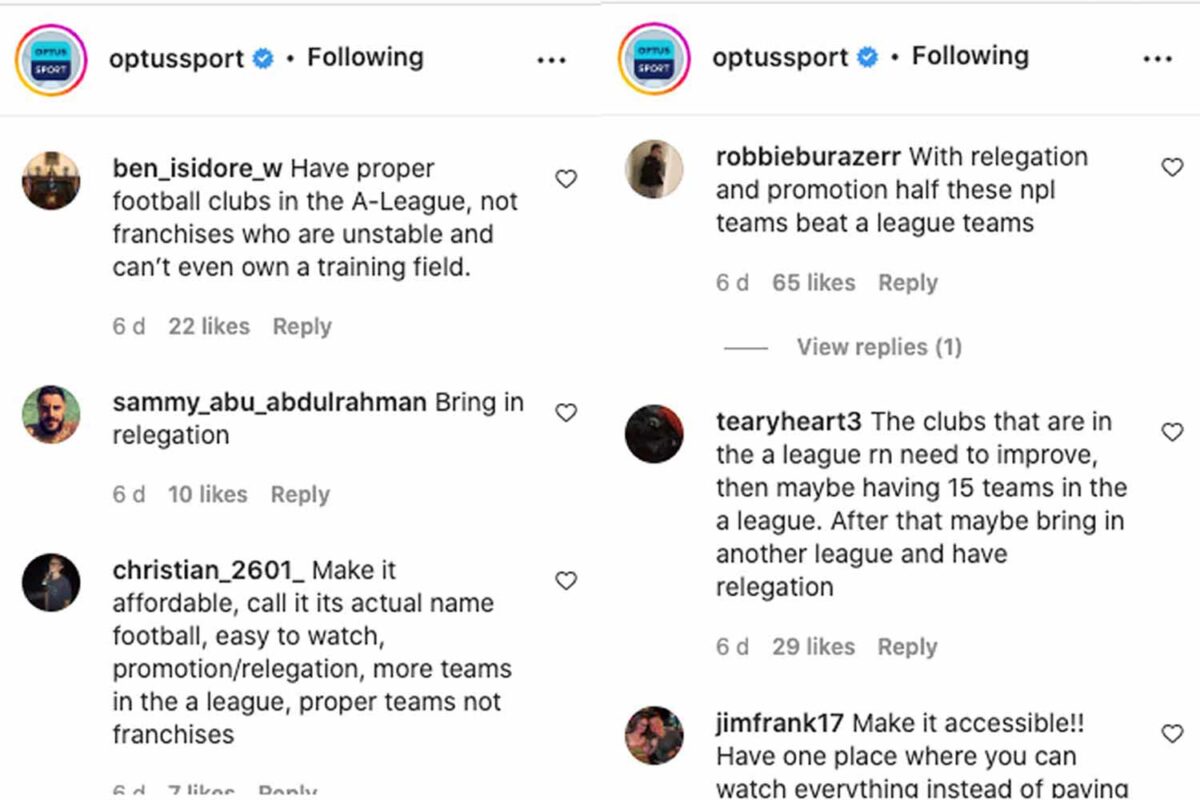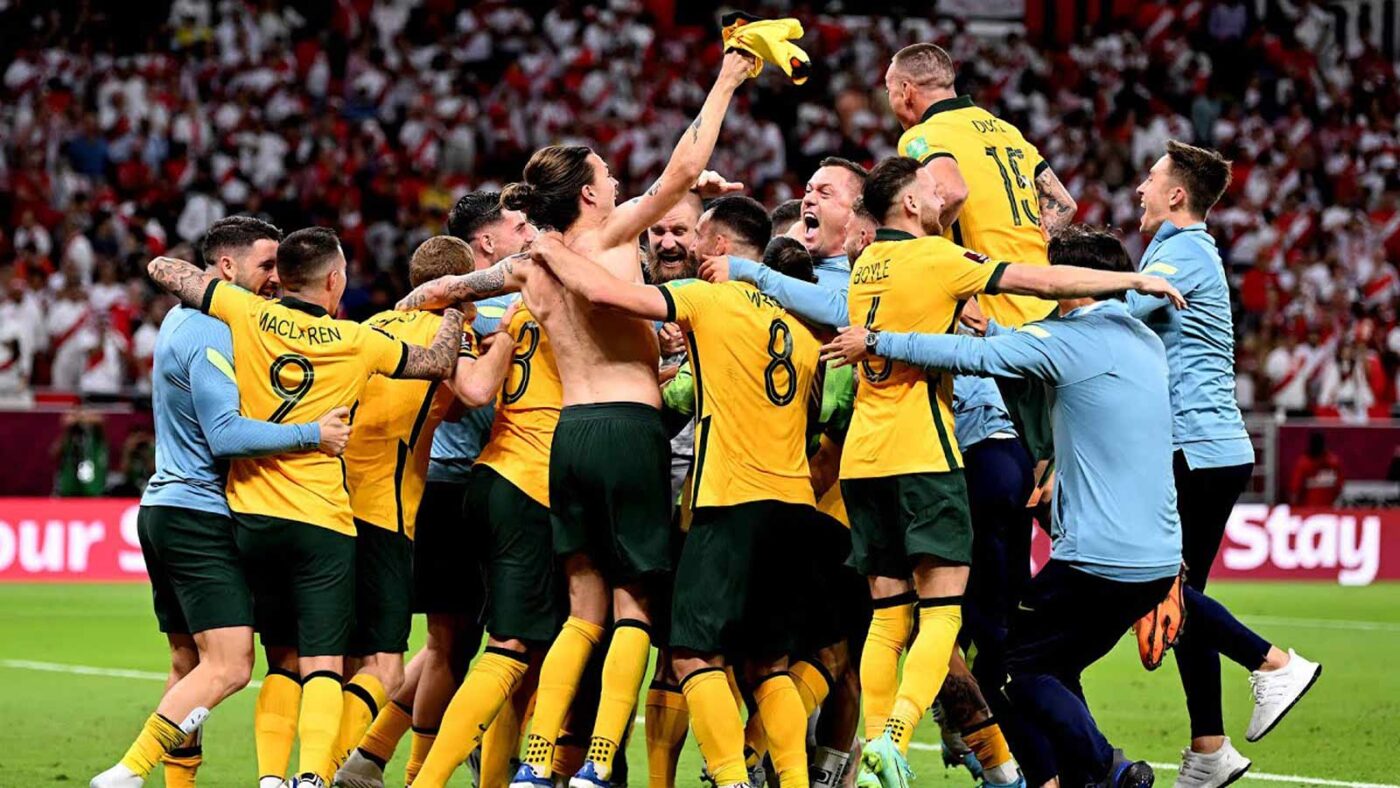The Socceroos did well just to qualify for the 2022 World Cup. But if we want to one day have a shot at winning a World Cup, we need to (drastically) improve the standard of the A-League.
There’s a controversial plan to ‘fix’ Australian football in the works. Some people are super excited about it, others are concerned it could impact some players’ livelihoods. Before we get into the plan, first, we need to explain the situation. The situation, as it currently stands, is that Australia is, as Optus puts it, “currently irrelevant in a transfer market worth up to $10 BILLION.”
While, in 2021, countries like America and Japan had a transfer spend of $159.9 million and $31.2 million respectively (and had 37 and 24 players respectively at tier one clubs) Australia had a transfer spend of $0 (and four players at tier one clubs). As for the heavy weight countries like France, Spain, Germany and England, you can only imagine the transfer spend they would have racked up in 2021…
While you could argue Australia is actually punching above our weight, considering our non existent transfer market (that’s one of the reasons, actually, why there is some debate on how best to improve our situation without accidentally making things worse), there is a strong argument to say that it’s holding us back.
What is clear is that the golden years, when we had players like Viduka, Cahill and Kewell are over, and we are now, it seems, in a rebuilding phase. One proposed solution to improve the level of the Socceroos is to improve the level of the A-League.
One proposed way to improve the level of the A-League is the introduction of a domestic transfer system. This idea has divided opinion among stakeholders (primarily on how we go about doing it, and how best we can do it while still looking after our players, and our youth system, so that it doesn’t end up shooting us in the foot).
According to Optus Sport, the CEO of Football Australia, James Johnson, “believes this reform will create a free market that allows Australian football to tap into a global marketplace worth $8-10 billion, but the PFA and APL are not convinced, citing concerns that players could be priced out of the professional game and competitive balance.”
Basically, under the reform, our market is expected to become more like other football markets around the world. The main benefit believers in this project hope it will bring is that in allowing transfers, clubs will be able to buy more talent (thereby increasing the skill level of the A-League, and giving our homegrown talent stronger competition and making them better), raising the level and prestige of the A-League and A-League exports (who, come World Cup time, then come back to play for their country).

The main drawback feared by those more hesitant about the idea, is that it could make the A-League less competitive (some clubs would inevitably do better than others and then money and talent would pool at the top) and potentially put some current players out of a job or get replaced.
Notably, the system is actually already in place, Optus reports, “after FA removed the fee cap that existed in all deals outside the A-League.”
Another big difference between the A-League and other leagues around the world is relegation – something Harry Kewell has commented on, saying: “We do not know what it is like to fail. Because you’ve always got next year, you’ve always got a job, you’re always safe.”
Who knows, maybe a little danger is just what Australian football needs to succeed? Only time (and future World Cup campaigns) will tell…
Australia recently qualified for their 5th consecutive World Cup following a 5-4 penalty shootout win over Peru. The 2022 World Cup in Qatar will begin on Monday the 21st of November and end on Sunday the 18th of December.
Australia is in Group D. Group D comprises France, Australia, Denmark and Tunisia.
Read Next
